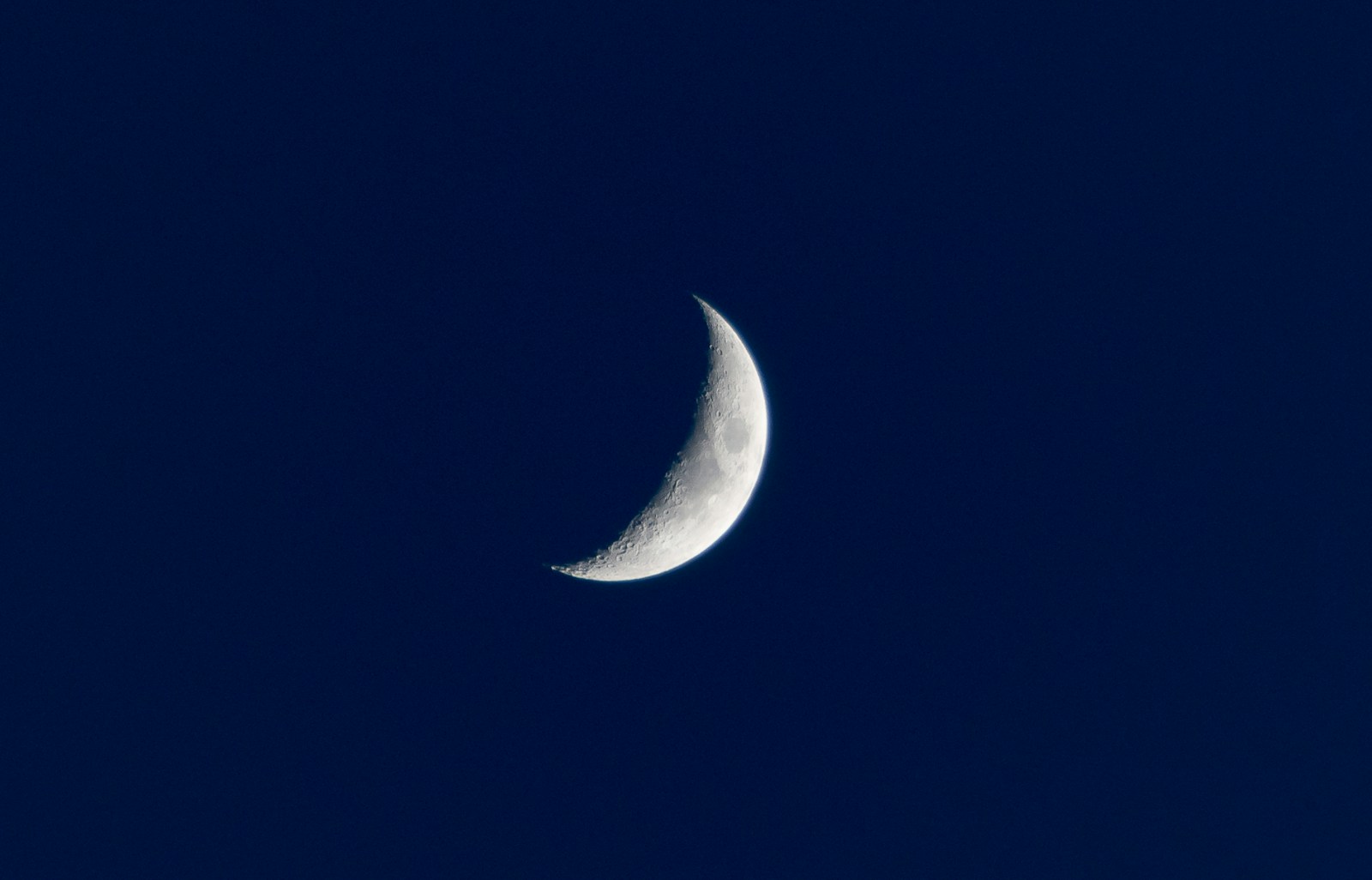Sleep and wakefulness are two sides of the same coin—states so intertwined that one cannot exist without the other. While wakefulness drives our engagement with the world, sleep allows the brain to reset and rebuild. Yet, these states are not mere opposites; they are dynamic processes orchestrated by the brain’s intricate neurochemistry and neural circuits. Let’s explore the science behind this eternal cycle and why their balance is crucial for survival.
The Neurochemistry of Wakefulness: Staying Alert
Wakefulness is sustained by neurotransmitters that keep the brain alert and responsive. During waking hours, the brain relies on glycogen , its primary energy reserve, which is gradually broken down into adenosine. As adenosine accumulates, it signals the need for sleep, acting as a biochemical “hourglass” tracking our need for rest.
Key neurotransmitters like norepinephrine, serotonin, and acetylcholine sustain wakefulness by promoting arousal, attention, and sensory processing. These chemicals are produced in brain regions such as the brainstem and hypothalamus, which act like conductors, keeping the cortex (the brain’s “thinking” layer) active and engaged. The hypothalamus also releases histamine and orexin (hypocretin), neurotransmitters critical for maintaining alertness and stabilizing wakefulness.
The Shift to Sleep: A Neurochemical Overhaul
As night falls, the brain undergoes a dramatic transformation. Sleep is not a passive “shutdown” but a state where GABA (gamma-aminobutyric acid) and adenosine inhibit wake-promoting neurons, slowing activity. This transition is guided by the suprachiasmatic nucleus (SCN), the body’s “master clock,” which aligns sleep-wake cycles with daylight via melatonin.
During sleep, the brain cycles through distinct stages (NREM and REM), each with unique neurochemical profiles. Slow-wave sleep (NREM 3) is dominated by delta waves, while REM sleep sees a surge in acetylcholine and a drop in serotonin—explaining why dreams feel vivid yet emotionally charged.
Neural Circuits: The Brain’s “On/Off” Switches
The balance between sleep and wakefulness hinges on two opposing neural networks:
- Wake-Promoting Systems :
- The ascending reticular activating system (ARAS) in the brainstem sends signals to the thalamus and cortex, maintaining alertness.
- The hypothalamus releases histamine and orexin, neurotransmitters critical for sustaining wakefulness.
- Sleep-Promoting Systems :
- The ventrolateral preoptic nucleus (VLPO) in the hypothalamus acts as a “sleep switch,” inhibiting wakefulness centers.
- During REM sleep, the pons triggers muscle paralysis and dream generation.
These systems operate like a seesaw: when one is active, the other is suppressed.
Circadian Rhythms vs. Sleep Homeostasis: Timing the Balance
Two biological forces regulate sleep-wake cycles:
- Circadian Rhythms : The SCN synchronizes our internal clock with environmental light, dictating peak alertness during the day and sleepiness at night.
- Sleep Homeostasis : The body’s “sleep debt” builds during wakefulness and dissipates during sleep. Adenosine accumulation drives the urge to sleep, while slow-wave sleep repays this debt.
Disruptions—like jet lag or night shifts—throw these systems into conflict, leading to fatigue or insomnia.
Consequences of Imbalance: When Sleep and Wakefulness Clash
Chronic sleep deprivation or excessive wakefulness strains both mind and body:
- Cognitive Costs : Sleep loss impairs attention, decision-making, and emotional control. Even one night of poor sleep heightens reactivity to stress.
- Physical Health : Prolonged wakefulness disrupts metabolism, weakens immunity, and increases inflammation.
- Neurological Risks : Beta-amyloid plaques (linked to Alzheimer’s) accumulate in sleep-deprived brains, as the glymphatic system fails to clear toxins during wakefulness.
Practical Strategies for Harmonizing Sleep and Wakefulness
- Align with Light : Exposure to morning sunlight reinforces circadian rhythms, while minimizing blue light at night supports melatonin production.
- Mind Your Adenosine : Avoid caffeine late in the day, as it blocks adenosine receptors, masking sleepiness.
- Nap Wisely : Short naps (20–30 minutes) can replenish alertness without disrupting nighttime sleep.
- Create Rituals : Pre-sleep routines (e.g., reading, meditation) signal the brain to transition from wakefulness to sleep mode.
Sleep and wakefulness are not enemies but partners in sustaining life. While wakefulness connects us to the world, sleep rebuilds us—mentally, emotionally, and physically. As neuroscientists unravel their intricate dance, one message is clear: respecting this balance isn’t just about feeling rested. It’s about thriving.

